Lessons Learned from Telehealth in 2021
What EMS, Hospitals and Mobile Integrated Healthcare Can Expect with Telehealth in 2022 through the lessons learned in 2021.
Telehealth represents one of the biggest shifts in the healthcare industry. It drives innovation and makes communication, consultation, and collaboration between healthcare providers, both in and out of the hospital possible. As telehealth services continue to expand in 2021, lessons learned will further innovation and advancements into 2022 and beyond. Here’s what’s been learned.
- Telehealth allows for increased communication and collaboration among healthcare professionals, no matter where they are located. When EMS/fire first responders and Mobile Integrated Healthcare are able to communicate with hospital teams in real time, they offer the best possible patient care with the lowest possible risk.
- Telehealth solutions like GD e-Bridge enable video conferencing for ET3 that allows treat in place, transport to alternate care facilities and triage intervention. This reduces unnecessary transports and helps first responders use their resources more efficiently.. It also reduces overcrowding in the ED, ensuring that hospital teams focus on acute patients, while lower acuity patients get the care they need faster at the appropriate location.
- Both EMS and the ED need to use telehealth to fully close communication gaps. Solutions like GD CAREpoint Workstation for hospitals and e-Bridge for EMS work together to improve EMS-hospital communication and provide seamless patient care.
- Patient and provider experience are directly correlated. If providers have a positive experience and can implement a simply seamless system of care using telemedicine (telehealth), then patients are likely to adapt well.
- Telemedicine is primarily in place to assess and determine the best course of treatment quickly. Additionally, for after care and continuous care patients, telehealth provides an easier way to receive care long-term. Telehealth does not have to replace in-person care, however; it can complement it.
- Reliability is the primary element patients and providers look for in a telehealth solution and technological adoption is the most difficult aspect of implementation.
- Telehealth provides greater work flexibility for providers, as they can consult from anywhere, and enables providers to help more patients faster, using fewer resources.
In 2022, we will see telehealth develop in the following ways.
- Telehealth will transition away from COVID-based conferencing as the pandemic continues to subside.
- As the ET3 type models expand, treat in place and transport to alternate care facilities will increase. Telehealth will facilitate this shift through risk reduction and quality improvement.
- EMS Providers will offer a hybrid model of telehealth and on-site care for added flexibility.
- Infrastructure surrounding telehealth will continue developing to create more reliable systems of care with virtual elements.
- Complementary care will start to become telemedicine-based, especially in the after and continual care spaces.
Learn more about how GD’s telehealth solutions support the future of telemedicine and start a conversation to discover how we can help you provide the right care at the right time and the right place in 2022.
About GD (General Devices)
GD is a NJ-based med tech company specializing in mobile telemedicine and telehealth solutions that help EMS and fire first responders, hospitals, and Mobile Integrated Healthcare deliver smarter, expedient patient care. Powered by responsive innovation, GD’s user-friendly solutions facilitate secure, mobile communications and rapid data sharing across acute and non-acute care teams to help save time, money and lives. Backed by a 40+ year history and thousands of implementations, GD is a widely revered industry leader. Visit https://general-devices.com/ to learn more.

